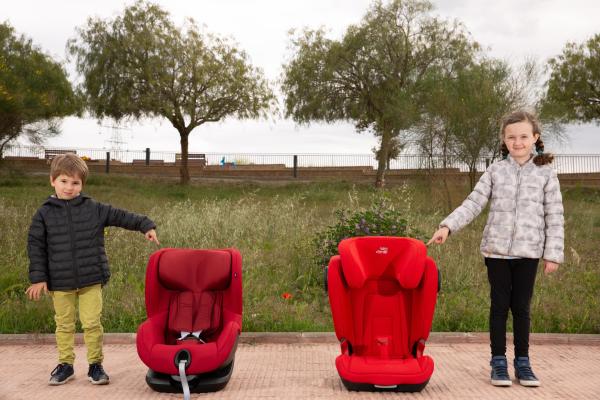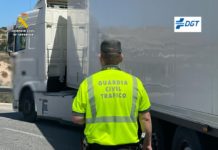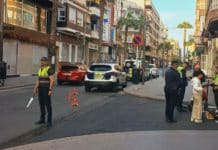According to data from across Europe, two out of every three children in cars are not secured properly, although not only those not wearing any seat belt or restraining system, many of them have been strapped in incorrectly or inadequately.

If a child is properly restrained in a vehicle, the statistics speak for themselves, as there is a 90% reduction in the risk of injury, and a 75% reduction in the risk of death – Lives are at stake.
The Seat – An appropriate child seat is not determined by age, children of the same age can differ vastly in their physical characteristics, which is why the correct seat is determined by weight and height.

In The Back – Statistics prove that the rear seats are the safest place in the event of a collision. In Spain it is mandatory for children to sit in the back. The benchmark is based on height, not age, and children under 135 centimetres are not permitted in the front seats, unless the rear is already occupied by other children, or if your vehicle doesn´t have rear seats.
Anchorage – It is vital that you read the instructions for child seats thoroughly. This is not like not bothering to read how to use your new TV, lives are at stake here. The seat must be anchored correctly, using all points on offer, to maximise the security of the seat and, therefore, the occupant.
Strap In – The harness securing the child must also be secure. It must be tight enough to prevent limbs from escaping, and should keep the body as firmly in contact with the seat as possible to prevent movement in the event of a collision.

Face Back – For the smallest of children it is advisable to use a rear-facing seat for as long as possible. In the event of a frontal collision, a baby’s neck is not prepared to support the weight of its head pushed forward, which is why seats of groups 0 and 0+ are designed to be placed only in reverse. It is mandatory to extend this position for at least 15 months, and it is possible up to 1.05 m high, as prescribed by the ECE R129 standard.
Short Trips are Important – Do not neglect short journeys, they are equally as important as long trips, some might say more so, as many incidents occur close to home on routes most frequently travelled. According to the Royal Automobile Club of Spain, 37% of drivers acknowledge having taken their children on the school run without a child seat. Others let the older ones buckle themselves in, without checking if they have done it correctly.
Coats Off – Believing in brevity rather than realising the risks, children are often left with their coat on or even with their school bags on their backs. These items increase the slack between the seat belt and the body of the child, and can hinder the proper functioning of the harness. And even for a few kilometres, safety is the most important factor.
Use the Boot – Objects which are loose in a vehicle become projectiles in the event of harsh braking or a collision, as they continue to move with the momentum and can cause serious injury. Put all loose objects, including backpacks, luggage and coats in the boot.
Lead by Example – Children learn by example, we all know that, and so it is important that we set a high standard in safety, as well as courtesy, when behind the wheel. Children will imitate the behaviour of their elders so make sure you buckle up too.
Safety First – We hope is will never happen but in the event of a collision children must be removed from the damaged vehicle and placed in a place of safety. You must make sure that they are not showing any signs of injury that could be amplified by their extraction, but the safest place is away from the damaged vehicle, in fact away from the scene entirely.





